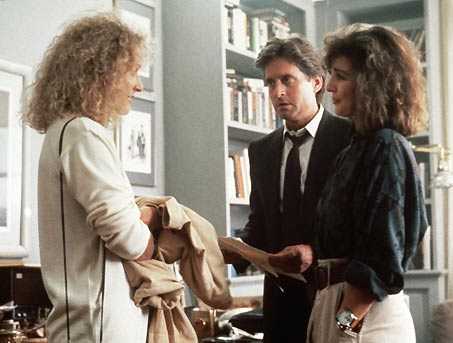Motifs are recurring structures that develop and communicate a film’s major themes [Motifs are the discrete images or sounds, like a coin, where as themes are more general concepts such as greed]. Motifs are therefore essential in the language of cinema. Motif’s are often used to communicate character and to indicate and remind the audience of essential and important facts. The study of narrative, and in particular film narrative formation, indicates that there are two central motif types; free and bound.
Bound motifs are those which, according to the Russian formalists, cannot be removed from the narrative without radically changing the chronological essence of a narrative. In essence a bound motif is a motif that is essential to the explaining or telling of a story. In the film Escape From New York (1981) the motif of the wristwatch is a bound motif as the movement of time is essential to the understanding of the plot. The motif of the wristwatch is essential in understanding and remembering that Snake has only twenty-two hours to find the president. As the time slips away the motif is also used to increase the tension. The narratives sequence and chronological essence is produced by the deadline of twenty-two hours; the motif of the wristwatch is bound by its essential nature in the formation of Escape From New York‘s narrative. In the film Speed (1994) the motif of the bus is a bound motif as without it the film wouldn’t make any sense; the story could not be told without it.
Free motifs are those which aren’t essential to the retelling or explaining of a narrative. This is not to say that they aren’t highly important, but the chronological make-up of a narrative wouldn’t be altered by a free motifs inclusion or exclusion. A free motif is a tool often used to communicate character and create aesthetic complexity. The use of colour to indicate a sense of past or nostalgia isn’t essential to the retelling of a story however it produces an aesthetic more inclined to communicating that lost past or beautiful regretful age a film wishes to portray. Free bound motifs tend to create deeper meaning and communicate conflicts without the need to thoroughly establish character though screen-time. A film can communicate an ordered and synchronised character by establishing a motif; John continuously looks at his timepiece. A rupture in his character and life could be communicated clearly by the breaking, dropping or stopping of his watch. And although the watch stopping has no relevance to the plot per say it could communicate the loss of order in John. This fictional man loses his structure; he becomes de-constructed through the symbolic act of his timepiece breaking. The symbolic act communicates a loss because it was previously posited as a motif that indicated his orderliness. Although not essential to the plot, the free motif of the timepiece helps communicate the more general theme of the film concerning the man’s change in character and life. In the film Juno (2007) the central character, also named Juno, buys kitsch tat such as a faulty burger phone. This motif isn’t essential to the film’s narrative however it does communicate character quickly and clearly.




